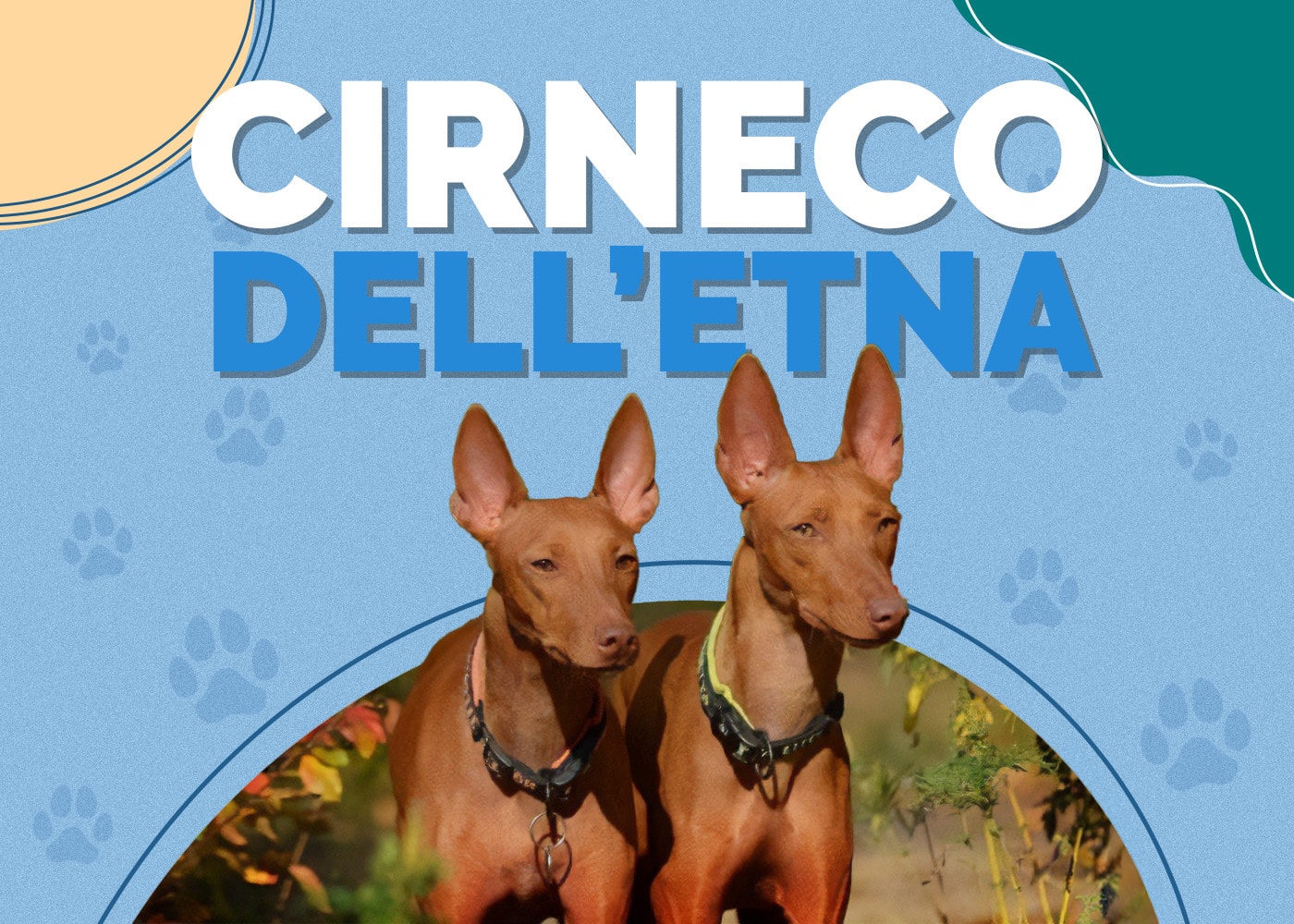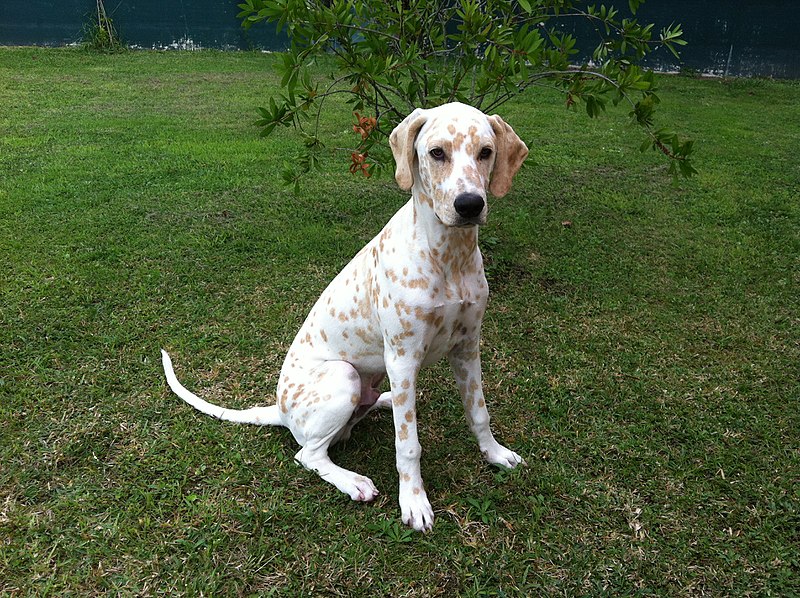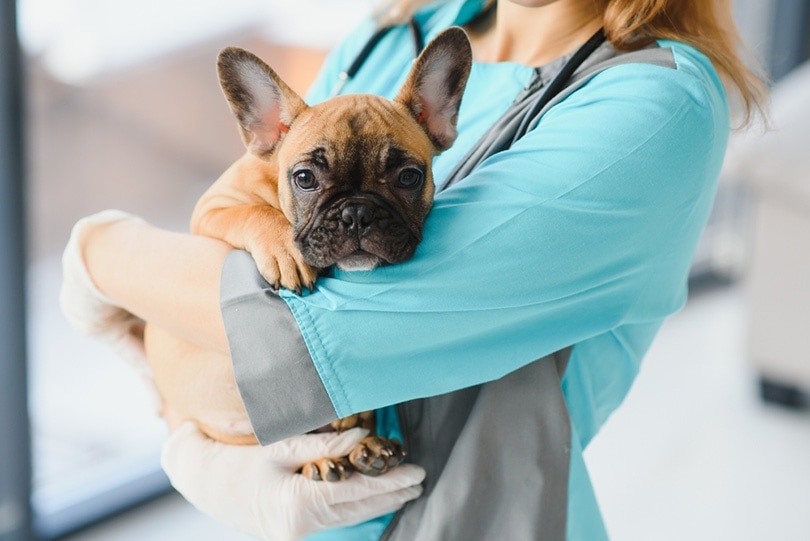Abruzzese Mastiff: Care Guide, Temperament, Traits, & Pictures

Updated on
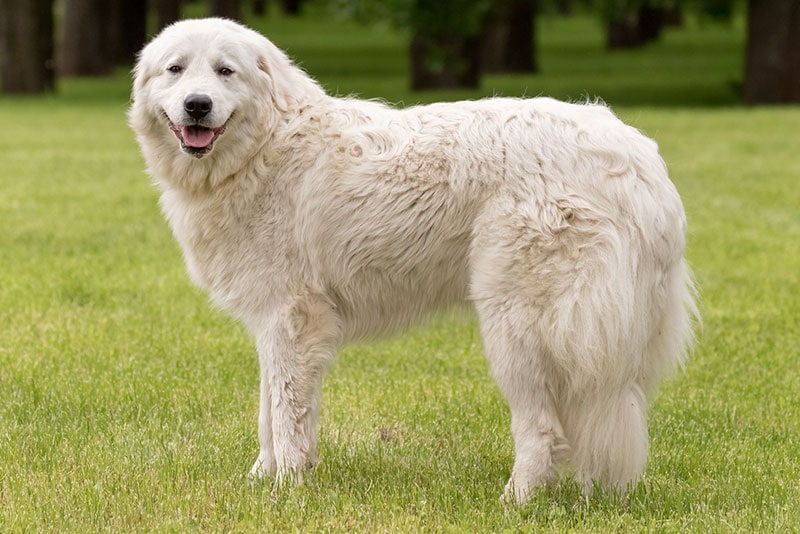
Click to Skip Ahead
Despite the fact that the Abruzzese Mastiff is a rare breed in the United States, they’ve been around for thousands of years. We’re certain that the Italians are well acquainted with them since they were the ones who originally bred them.
If you’ve been looking for a loyal, independent, and passionate breed, this dog is a great option. As you’re about to learn, they are everything a dog lover would want in a dog.
| Height: | 23.5–29.5 inches |
| Weight: | 65–100 pounds |
| Lifespan: | 11–13 years |
| Colors: | Orange, lemon, ivory, white |
| Suitability: | Active households |
| Temperament: | Loyal, loving, intelligent, gentle, hardworking |
The Abruzzese Mastiff was originally bred in Abruzzo, a region that’s in the southern parts of Italy. They were once known as the Maremma Sheepdogs, and the locals knew that they could rely on them to protect their livestock from bears and other predators. According to cynologists, their ancestors were White Greek Shepherds, Merdzan Sarplaninacs, and Albanian white dogs.
Abruzzese Mastiff Puppies

The Abruzzese breed is common in Europe, particularly Italy. They are among the rarest breeds in the United States, but you could still find one waiting to be adopted at a rescue center. If you’re concerned about the cost of adoption, don’t be. They are not as high as what you’d typically pay a breeder, because that would be a deterrent to those who wish to adopt a dog.
Speaking of breeders, you must do your due diligence before reaching out to one. Otherwise, you may find yourself working with unethical, irresponsible people who keep on breeding dogs without taking into consideration the genetic traits being passed down.
It’s important to schedule a vet appointment before bringing your Abruzzese Mastiff pup home. The vaccinations that they’ll be given will prevent illnesses that could be costly to treat.
Temperament & Intelligence of the Abruzzese Mastiff 🧠
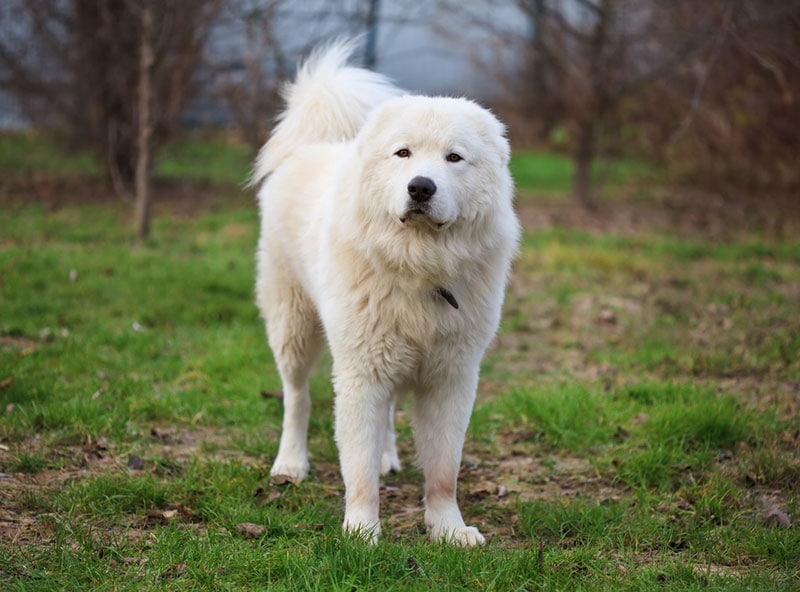
You’ll probably never come across a dog that’s as submissive as the Abruzzese Mastiff. And you can also tell that they have a high IQ, because any time they are out there working, they think first before making any decisions. They’ve always been viewed as loyal pooches that are ready to do whatever it takes to please their masters.
Are These Dogs Good for Families? 👪
The Abruzzese Mastiff feels obligated to protect all members of their pack. And that includes you and your household. They’ll perfectly play the role of a guard dog, while still maintaining a friendly disposition.
Loyalty comes as second nature to them, as they are devoted to whoever showers them with affection. They may not welcome strangers with open arms, because they often need time to gauge whether or not they pose a threat. But with time, they’ll slowly warm up to them, eventually treating everyone like family.
Is this breed kid-friendly? Yes. Nonetheless, you still have to sign them up for socialization classes at a younger age. Also, don’t leave them unsupervised with toddlers around.
Does This Breed Get Along with Other Pets? 🐶 😽

It’s not that difficult for the Abruzzese Mastiff to adjust to the presence of a new pet in the house because they were bred to work as a pack. They may show some degree of hesitancy for a while, but that’s normal even among us humans.
Just make the proper introductions and show them that it’s possible to coexist in the same space. Supervision is important especially if the other pet is considerably small.
Things to Know When Owning an Abruzzese Mastiff
Food & Diet Requirements 🦴
When it comes to nutrition, you have to remember that the Abruzzese Mastiff is not only a large dog, but one that’s always active. Therefore, they have to be served food that offers adequate amounts of calories, or they won’t be able to maintain a healthy weight. If you don’t know how to compute your pet’s caloric needs, ask your vet to help you.
Don’t just feed your Abruzzese Mastiff meat, forgetting that dogs are omnivorous in nature. They have to consume plant matter as well to obtain phytonutrients, minerals, and vitamins.
Treats are to be provided during training and not as supplementary to their diet. Otherwise, your Abruzzese Mastiff will rapidly gain weight. The same applies to table scraps and human foods that aren’t meant for dog consumption.
Exercise 🐕
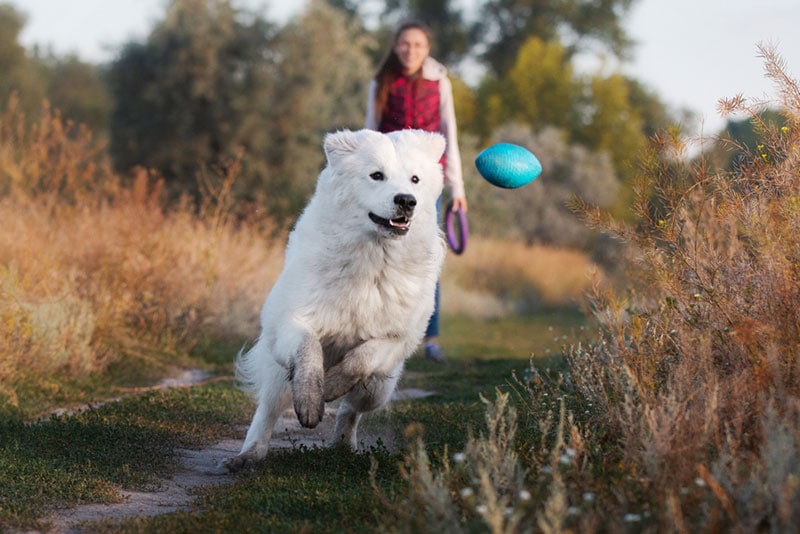
This dog was bred to serve as a hard-working sheepdog that’s strong enough to fight off powerful predators. We’ve heard stories of how they stood toe to toe with bears and came out victorious.
Even if we’re not breeding them to fight bears in this day and age, we still have to make sure that they don’t feel exercise deprived. To maintain their muscular physique, they’ll need at least 2 hours daily to engage in intense physical activity.
It’s worth noting that Abruzzese Mastiffs don’t usually do well in cramped living situations. They need large spaces to run around or move freely. In other words, apartment dwellers are advised to go for a different breed if they are planning to get a dog as a pet.
Training 🎾
Training the Abruzzese Mastiff is simple. It might not be easy, but once you get the hang of it, the ride will be smooth and seamless. Consistency is key if you wish to progress at a faster rate.
On top of that, you have to be firm and apply positive reinforcement techniques. You could use words of encouragement or give them treats every time they follow your command.
Socialization should be one of the main classes, or they’ll never grow to be accustomed to strangers and other animals. Adapting to new circumstances will also be an issue, with the potential of affecting their mental health.
Grooming ✂️

The Abruzzese Mastiff is not a high-maintenance dog. They have moderate grooming needs, and that’s the other reason why families gravitate toward them. Their coats have to be brushed at least thrice per week to get rid of all the dead hairs, while at the same time stimulating and redistributing their natural oils.
You’re advised against washing your Abruzzese Mastiff regularly because frequent bathing will strip the skin of the natural oils that give their coats a lustrous shine.
Health and Conditions 🏥
Healthwise, the Abruzzese Mastiff doesn’t have too many problems to worry about. One of the common conditions is hip and elbow dysplasia.
Simply put, you could avoid this issue by making sure that your dogs get all the nutrients they need during their growth stage. Indicators of hip and elbow dysplasia include:
- Limping
- Inability to jump on a couch or elevated ground
- Being comfortable seated in strange positions
- Regular or irregular lameness
- Inability to stand for prolonged periods
Bloating is considered a serious condition because it can restrict blood flow to other organs in the body. This usually sends the dog into shock, which could lead to systemic organ failure and death. Signs of bloating include:
- Rapid heartbeat
- Difficulty breathing
- Enlarged abdomen
- Pale gums
- Foaming around the mouth
If you suspect your Abruzzese Mastiff is bloated, contact your vet immediately.
- Allergies
- Hip and elbow dysplasia
- Bloat
- Cancer
Male vs. Female
There are no physical or behavioral traits that are pronounced between the genders. So, we really don’t have anything to report here, save for the fact that the males tend to be slightly heavier and larger than their spouses.
The 3 Little-Known Facts About the Abruzzese Mastiff
1. The head of the Abruzzese Mastiff is very large.
3. The Abruzzese Mastiff has adopted many names over the years. The most common ones are the Maremma Sheepdog and the Abruzzo Sheepdog.
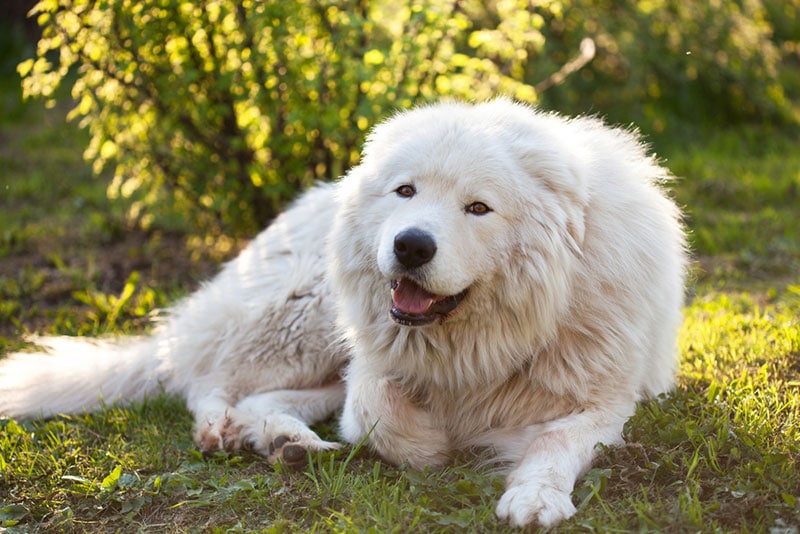
Conclusion
Abruzzese Mastiffs were originally bred in Italy. They come with strong guardian instincts because they were created to protect livestock from predators. This breed can be an incredible family pet since it has a friendly disposition. They are wary of strangers, but that problem can be resolved through socialization.
An ideal Abruzzese Mastiff household is the type that you’d typically define as being active. Without the right amount of physical or mental stimulation, they won’t find it easy to maintain a healthy body weight or muscular physique.
Abruzzese Mastiffs are rare in the United States, but very common in Europe. And their rarity in these parts of the world is the reason why their prices are relatively high.
Featured Image Credit: Degtyaryov Andrey, Shutterstock

